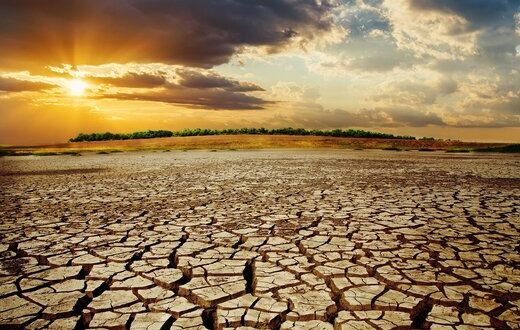Severe droughts are drying up rivers and reservoirs vital for the production of zero-emissions hydropower in several countries around the globe, in some cases leading governments to rely more heavily on fossil fuels.
The emerging problems with hydropower production in places like the United States, China and Brazil represent what scientists and energy experts say is going to be a long-term issue for the industry as climate change triggers more erratic weather and makes water access less reliable.
They also could pose a threat to international ambitions to fight global warming by hindering one of the leading forms of existing clean power. Hydropower is the world’s top source of clean energy and makes up close to 16% of world electricity generation, according to the International Energy Agency (IEA).
This year, climate-driven droughts have triggered the biggest disruptions in hydropower generation in decades in places like the western United States and Brazil. China is still recovering from the effects of last year’s severe drought on hydro production in Yunnan province in the southwestern part of the country.
Elsewhere, too much water is the problem.
Last year in Malawi, for example, flooding and debris from megastorms forced two power stations to go offline, reducing hydropower capacity from 320 megawatts (MW) to 50 MW, according to the IEA.
Those effects have forced power grid operators to rely more heavily on thermal power plants, often fired by natural gas or coal, and to ask businesses to curtail electricity use to prevent outages, according to Reuters interviews with grid operators and regulators.
“When we’re talking about hydropower we’re really talking about making sure we have enough water to get electricity,” said Kristen Averyt, a research professor focusing on climate resilience at the University of Nevada in Las Vegas. “What does that hydro generation get replaced with?” In California, the State Water Project was forced to shut down a 750-MW hydroelectric power plant at Lake Oroville this month for the first time since it was built in 1967 because of low water levels. In good years, the plant can power half a million homes.
Power facilities at Lake Shasta, the largest reservoir in the federal government’s Central Valley Project in California, were also generating about 30% less power than usual this summer, said Cary Fox, a team leader for the Bureau of Reclamation’s operations in the state.
The lake usually provides about 710 MW during the summer, but in July was producing only 500 MW, Fox said.

 Iran Energy News Oil, Gas, Petrochemical and Energy Field Specialized Channel
Iran Energy News Oil, Gas, Petrochemical and Energy Field Specialized Channel



